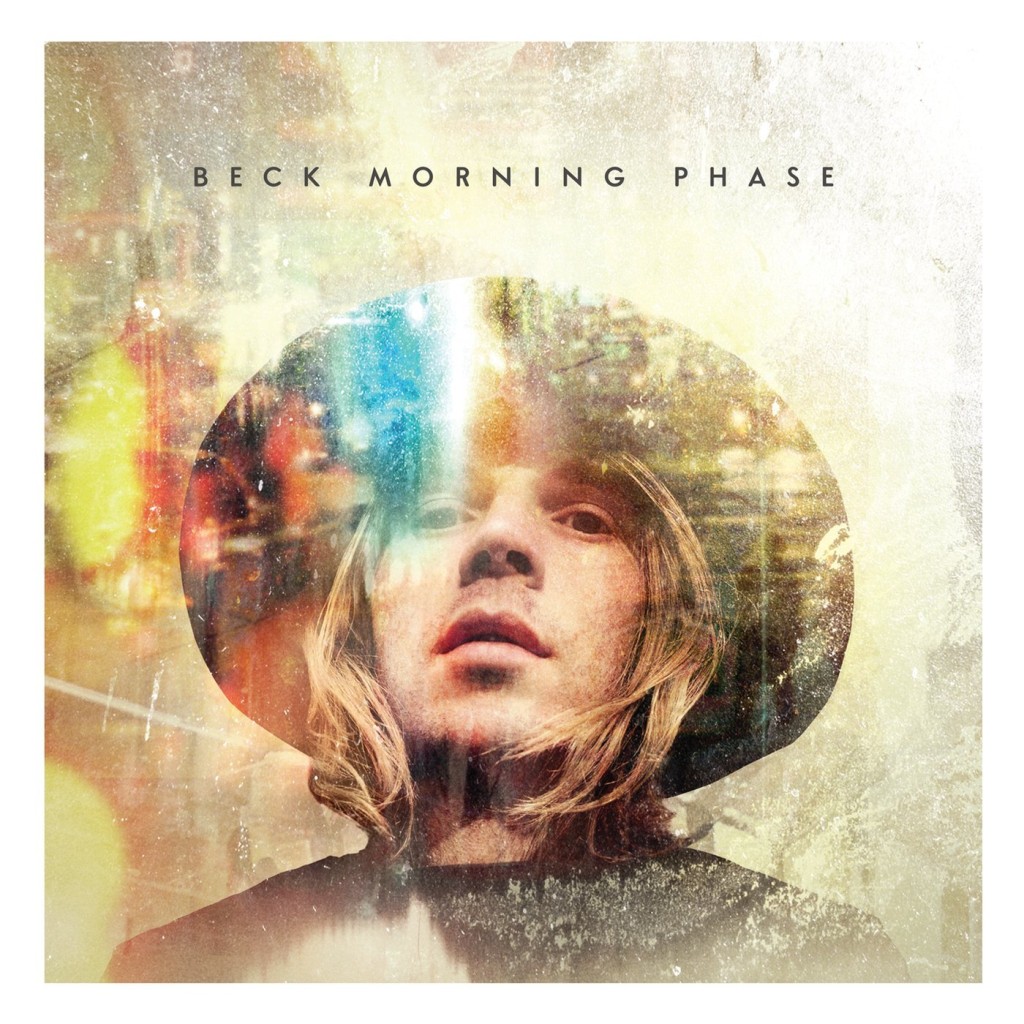Below is an excerpt from a review by Dave Coon of Beck’s most recent album, “Morning Phase,” originally published on Avidly, one of our LARB Channels.
Artists have been trailed out of the box canyons north of Los Angeles by enemies, real or imagined, for decades. Jules Amthor, Chandler’s sociopathic psychic, cornered Phillip Marlow in one of these canyons. Joan Didion haunted the curves of the PCH in her white corvette and Neil Young was pursued by an army of mutant machine gun toting dune buggies down the dunes and onto the beach.
Other than the need for record sales and lunch, what is chasing Beck out of Malibu these days?
Beck is among us again, staring out at his listeners from the cover of “Morning Phase”, his recently released record, and his first for new label home, Capitol Records. His twelfth long-player dropped this spring and — other than the fact that it is a gorgeous sounding record — I’m not sure what to make of it.
As we have all heard by now, thanks to an old school roll-out by Capitol, “Morning Phase” is a follow-up to 2002’s “Sea Change”. Many of the same musicians were reconvened for the recording sessions, however it is a noteworthy fact that Nigel Godrich did not produce this time. “Morning Phase” was produced and recorded by Beck himself and he has created a sonic landscape that is equally enveloping as ‘Sea Change’ in terms of depth and variety of the sounds.
The fact that Beck is again staring at us – confronting us, really, is telling. Typically, Beck’s album covers feature a disembodied figure cut off at the neck or groin that may or may not be the artist himself. The character on the cover is a mask or meme that mirrors the music contained within. It is only Beck’s two confessional, ‘non-ironic’ albums (Mutations and Sea Change) that feature the artist rendered as himself directly addressing the camera, posing with some Art. He is telling us (again) that the time has returned to take him and his music seriously. So we’ve got that – the serious face and the big floppy hat – to prepare us for another dose of confessional lite psychedelia.
It is here, with the sound and cover art, that the similarities with “Sea Change” end.
“Sea Change” dropped in 2002 to almost no fanfare or marketing. This calculation was surely at Beck’s insistence and at the time seemed clever. Today, anti-marketing is done with such frequency (see the new Beyonce) that no marketing is the new marketing. In intervening years “Sea Change” has become one of Beck’s most broadly popular albums. At the time, Beck attributed the mood and themes of the music to the breakup with his girlfriend. The album can be read as a cycle of songs with memory and loss at its emotional core. Critics are again using the mystical term “song-cycle” to describe “Morning Phase”. Indeed, the first song on the album, an instrumental overture, is entitled ‘Cycle’ to reinforce this reading. This time, however, there is no emotional core or central narrative to the music. Song-cycle, in this album’s case, therefore, is employed as a code word by critic and artist to mean “good, meaningful music by one of our most visionary song writers.”
At the time, “Sea Change” was a revelation. Here was a Beck that we had never heard before and thought not possible. His music during this period was seemingly stripped of irony and injected with a heartbreak and pathos. To many listeners this placed Beck in a new category of artist; one occupied by songwriters such as Nick Drake, Serge Gainsbourg and Neil Young.
Read the rest of the essay, by Dave Coon, over on Avidly.


